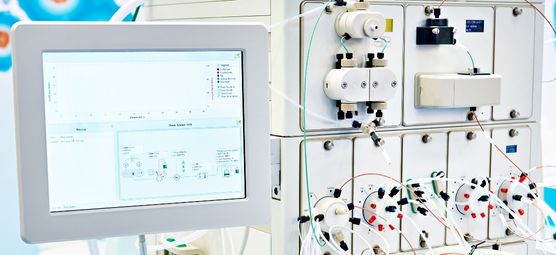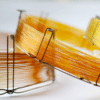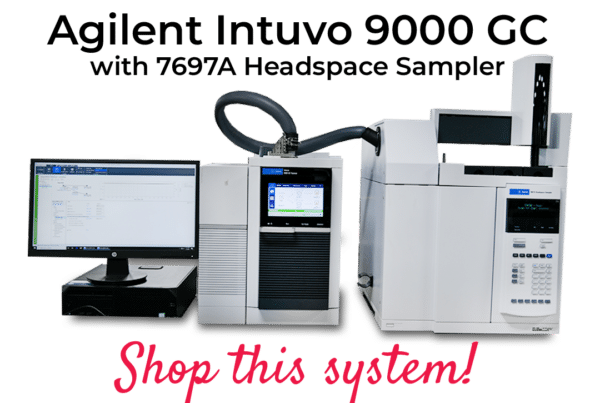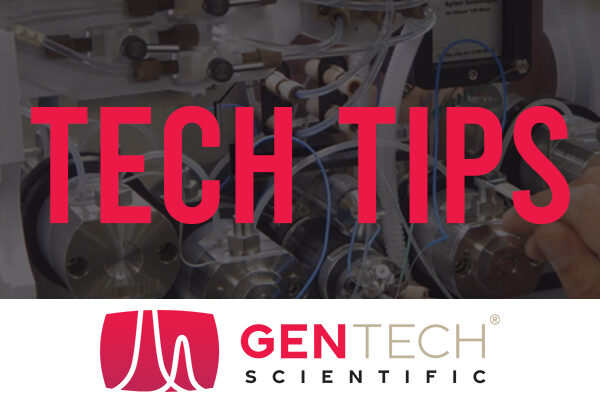Liquid chromatography is one of the most popular analytical methods in various applications today, but many people may not know why it is so effective. In our brief guide, we’ll answer that and more as we take a closer look at liquid chromatography and all its advantages.
What Is Liquid Chromatography?
Before getting into the advantages and effectiveness of liquid chromatography, we’ll give a brief overview of the analytical method. In short, liquid chromatography works by inserting a fluid sample into a liquid mobile phase, which is deliberately pushed through stationary phases (column), where the sample components are separated for analysis and quantification.
There are many liquid chromatography methods, but perhaps the most common and accurate technique for most compounds is high-performance liquid chromatography (HPLC). HPLC is used in a diverse range of applications due to its accuracy, including:
- Food quality control
- Pharmaceutical analysis
- Environmental monitoring
- Drinking water analysis
- Chemical industry testing
Fun Fact: Mikhail Tswett is credited with the first use of liquid chromatography when he used calcium carbonate to separate plant compounds in 1901.
Why Is Liquid Chromatography Effective?
What makes HPLC so effective, and why is it ubiquitous in many industries and applications?
Sensitive Separation
The primary benefit of HPLC is the accurate separation of the sample compound into distinct components for identification and analysis. By using stationary phases and precise speeds via a pump, the components of the sample are separated precisely—not unlike sand and rocks sifting through a fine filter.
It’s Automated
There are many methods for accurate component separation, but simple automation sets HPLC apart. Once the process begins, the pump and the stationary phases do all the work, and the process is almost completely automated.
The HPLC automation means there are fewer errors, and chemists with minimal training can complete the process. Since it’s mostly automated, the results are easily reproducible.
It’s Quick
An automated HPLC process is quick and effective compared to others. Chemists can complete the HPLC process in as little as 10 minutes under the right circumstances.
The key is that HPLC uses a pump rather than gravity to force the sample solvent through the absorbent material at a steady and deliberate pace for precise accuracy.
Now you know more about liquid chromatography and why it’s such a popular analytical method. If you’re interested in acquiring your own equipment, don’t hesitate to browse the used HPLC equipment inventory of GenTech Scientific or contact our experts, should you have any questions.







